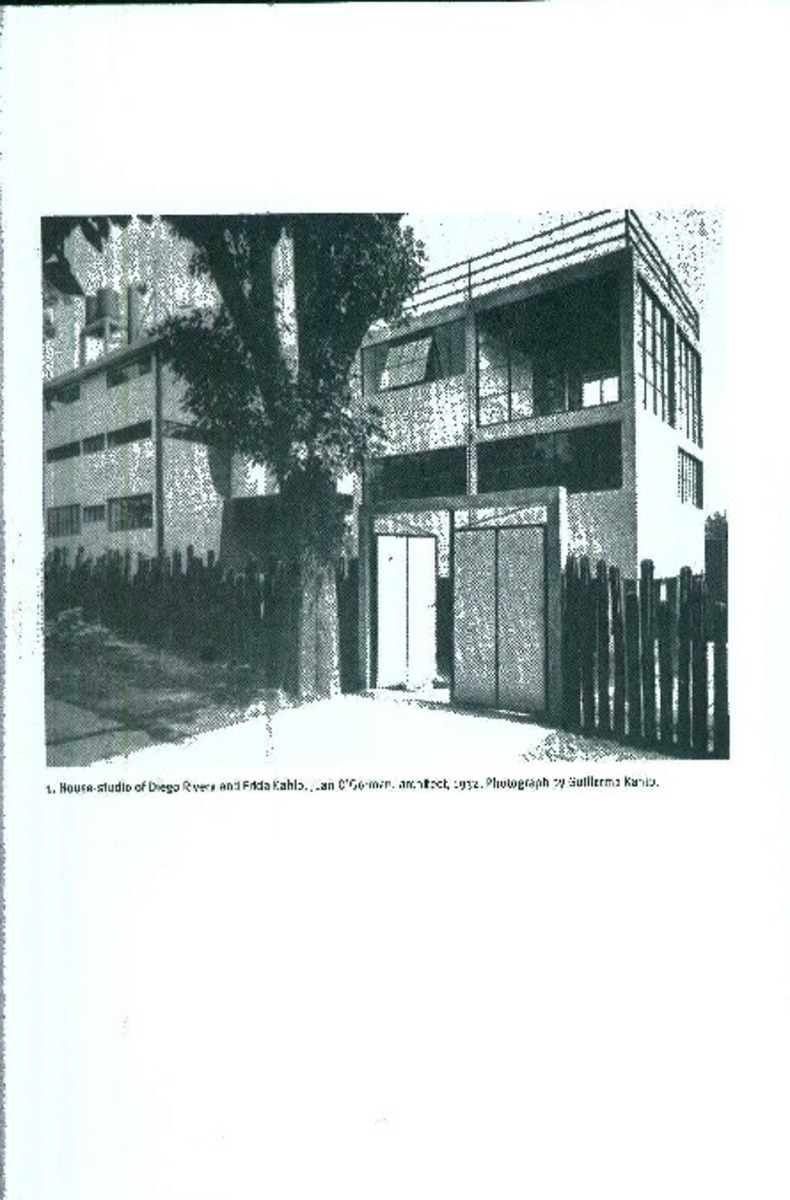Full metadata record
| DC Field | Value | Language |
|---|---|---|
| dc.creator | Tárrago-Mingo, J. (Jorge) | |
| dc.date.accessioned | 2009-12-11T11:27:16Z | - |
| dc.date.available | 2009-12-11T11:27:16Z | - |
| dc.date.issued | 2009 | - |
| dc.identifier.citation | Future Anterior, volume 6, number 1 | es_ES |
| dc.identifier.issn | 1549-9715 | - |
| dc.identifier.uri | https://hdl.handle.net/10171/5217 | - |
| dc.description.abstract | This article analyzes the complicated relationship between photography and preservation, using the studio-residence of Frida Kahlo and Diego Rivera in Mexico City as a case study. The house, designed by architect Juan O'Gorman in the early 1930s, was documented in celebrated photographs, and these photographs have become a major and often contradictory preservation tool against surviving architectural records, which function as a parallel and perhaps less authentic history for conservators. Tárrago Mingo argues that preservation's reliance on photography as an inherent truthful index of the past should be questioned, lest photographs be preserved rather than buildings. | es_ES |
| dc.language.iso | eng | es_ES |
| dc.publisher | University of Minnesota Press | es_ES |
| dc.rights | info:eu-repo/semantics/openAccess | es_ES |
| dc.subject | Materias Investigacion::Arquitectura::Arquitectura | es_ES |
| dc.title | Preserving Rivera and Kahlo: Photography and Reconstruction | es_ES |
| dc.type | info:eu-repo/semantics/article | es_ES |
Files in This Item:
Statistics and impact
Items in Dadun are protected by copyright, with all rights reserved, unless otherwise indicated.






